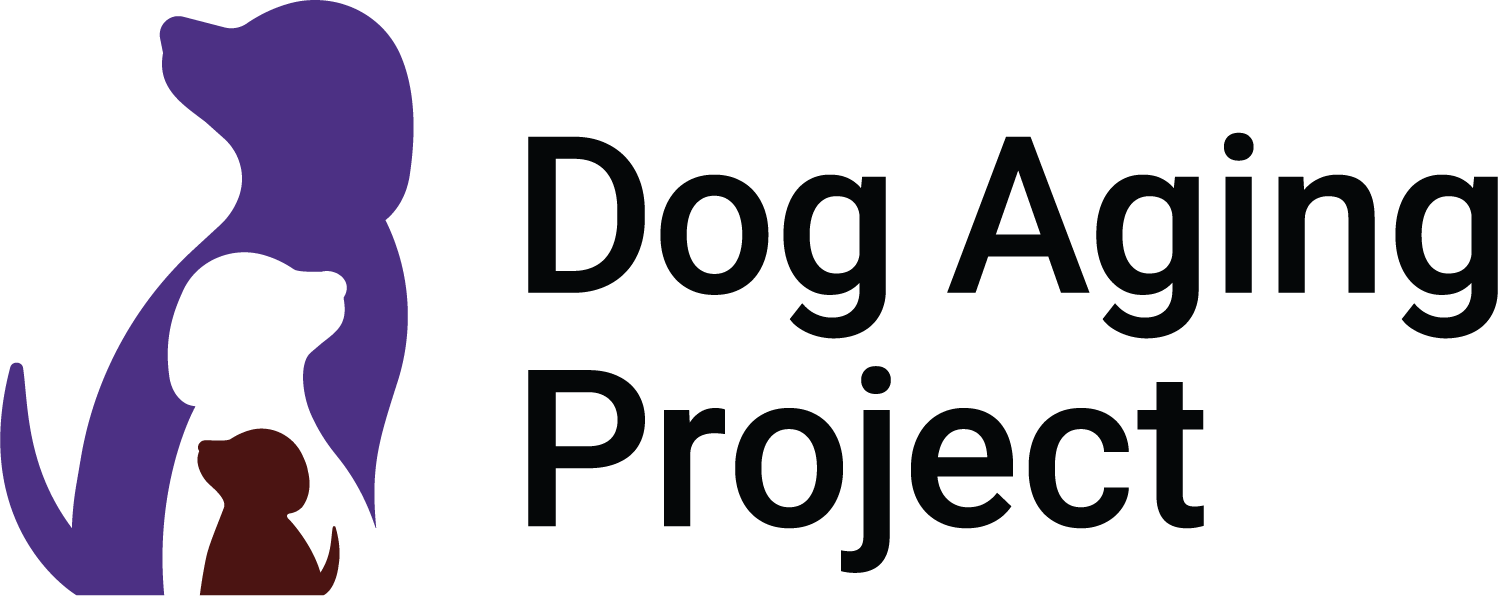A variety of research will be done with DAP data, ranging from hypothesis-driven research to exploratory/hypothesis-generating investigations. When an investigator has a research project for a paper, the first step is to submit a Topic Proposal to the P&P committee and get approval.
Topic Proposals enable the DAP to track DAP research activities and enable all investigators to avoid overlapping or duplicated research efforts. When preparing a Topic Proposal, researchers should keep the following goals in mind:
- The Topic Proposal should define the research question or scope with sufficient detail so that the P&P Committee can evaluate for possible overlap with existing, approved Topic Proposals. If approved, future investigators will need to evaluate potential overlap between their Proposal and the submitted Proposal.
- The Topic Proposal identifies the DAP data that will be used in the investigation.
- The Topic Proposal should provide sufficient background and detail to demonstrate how the proposed research fits into the current scientific landscape, and demonstrates that the research team has sufficient expertise to complete the proposed research.
The person submitting the Topic Proposal will need to attest that all authors have read and approved the Proposal prior to submission, including the tentative plan for author order for the resulting manuscript (see below).
A typical Topic Proposal will be 1-3 pages and could contain the following sections. This outline is intended to provide constructive guidance. Investigators do not have to follow this outline; a proposal that satisfies the guidance above will be accepted and evaluated by the DAP P&P Committee.
Title, summarizing the research aims or the research question to be investigated.
Authors -- members of the research team for this project and named authors for the resulting publication. The author order within the submitted Topic Proposal document should reflect the authors’ shared understanding of the author order for the manuscript. Conventions for author order vary across disciplines, so it is important for authors to discuss author order early in a project and make a tentative plan. The P&P recognizes that the author order plan may change. Furthermore, all authors should be aware of the DAP’s Consortium Authorship policy.
If your proposal's primary author team does not include a veterinarian, be aware that the DAP veterinarians meet regularly and are available to provide assistance and clinical perspective on projects and proposals. This does not necessarily mean that they need to be added as authors, but consultation is recommended.
Introduction/Background/Rationale. This section should include references. This section can often be adapted by authors for the first section of the resulting article.
Research Topic. The specific research question that will be addressed or research aims. When applicable, state hypotheses to be tested. For exploratory studies, the scope of exploration.
Data. What DAP data sources will be used (HLES data, sequencing data, etc.)? Which DAP cohorts will be included (e.g. DAP Pack, Foundation cohort, Precision cohort, TRIAD cohort, other sources)? List any major inclusion/exclusion criteria (e.g., only intact dogs), especially criteria that will greatly limit sample size. Are additional assays or experiments planned or anticipated? Power analyses can be included, and should be included if power is a concern due to small sample sizes.
Analysis plan. Investigators are encouraged to include an analysis plan. A typical analysis plan identifies the statistical methods to be employed, and identifies potential confounding variables and other important covariates. The plan could also describe methods to address issues such as missing data or multiple testing, particularly if these are key issues for successfully completing the research.
References. No particular format is required for references.
An example Topic Proposal is available here.
Approved Topic Proposals will be accessible to all DAP investigators under a policy that they cannot be shared outside the DAP without explicit permission from the lead author. Topic Proposal titles and a summary of the proposal will be publicly available.
